Heraldic Badges
A badge is a distinctive device or emblem assumed as a mark of recognition by an individual or family and often worn as a symbol of loyalty and allegiance. Badges used in this way are a particularly British heraldic tradition that became fashionable in the late 14th century, at the court of Edward III (1327-1377). In the later Middle Ages it became customary for the devices or badges of kings and the nobility to be worn by their retainers and household servants as visible affirmations of allegiance. (Spencer, pg 278) Edward III was particularly dedicated to chivalric tradition and with this renewed devotion to chivalric ideals, came a resurgence in the interest of heraldic display within the nobility.
Heraldry at this time had become increasingly complex - largely due to excessive quarterings and the use of crests and supporting animals becoming popular. Badges became a simpler and more direct means of identification. They never replaced an individual.s heraldry, but were used in addition to it. Badges were usually used alone, separate and distinct from the shield design of the achievement of arms. The emblems used could be a single charge taken from the arms of the owner, or an entirely different object chosen at the will of the bearer. As such, it was rather personal item and within a single household, many different badges would be present for the various family members. Being far less formal than a coat of arms, it should be mentioned that badges did not have the same official registration system that existed to record and protect coats of arms.
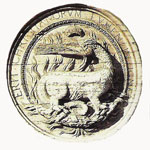 |  | 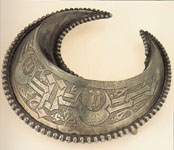 | 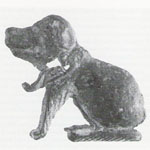 |
|---|---|---|---|
| Francis I Salamander (1515-74) | Richard II broom cod 15th C | Percy silver crescent early 15th C | Talbot Livery Badge 15th C |
Badges as Ownership Labels
By the 14th century, the habit of identifying ownership on possessions with heraldry was well established. Badges also were used in this manner to decorate the possessions of their owners. Badges can be found represented as identifiers on the livery of soldiers and servants which denoted affiliation and loyalty for their lord. Buildings and churches were also often decorated with heraldic badges in a very obvious display of charity, patronage and largesse. Equestrian trappings, iconistic paintings, domestic household items, jewellery, and furniture were also to be found bearing the symbols of heraldic badges indicating ownership and status.
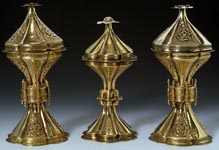 | 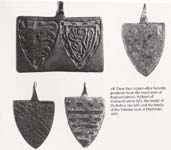 |
|---|---|
| Henry VII Salt cellars bearing Tudor rose badges | Equestrian Pendants - Richard of Cornwall; de Brouen; Earls of Pembroke |
Badges in Politics
Finds from sites in London, suggest that the political use of badges, reached its peak during the civil unrest of the late 15th century. The dynastic struggle for power between the private armies of the houses of Lancaster (red rose) and York (white rose) caused great civil disorder that was often inescapable, even for the lowliest members of society. During these periods of fiercest rivalry, the wearing of badges associated with the noble houses to declare allegiance could instil fear or comfort in the minds of the populace, and the wearing of a badge of a particular lord could offer the wearer some degree of protection. (Coss pg 96, Slater pg 28, Spencer pg 279). An excellent example of badges being used as political propaganda can be seen in the badge of the Tudor Rose. When Henry VII (a Lancastrian) became the first Tudor king, he married Princess Elizabeth of York. Their marriage was the literal union of both houses, symbolized by the new double leaved ‘Tudor Rose’.
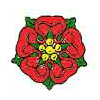 |  | 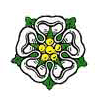 |
|---|---|---|
| Lancaster Rose | Tudor Rose | York Rose |
During times of conflict, whole sections of the populace, might take to wearing the badges of certain factions for their own protection. For example, in 1411 France, the people of Paris were said to have taken to wearing the Burgundian badge of St Andrews Cross (embellished with an escutcheon bearing a fleur-de-lys) in opposition of the dolphin badge being worn by supporters of the Armangnacs. Records indicate that as many as 100,000 of Paris. citizens managed to obtain these badges within a fortnight indicating a massive rate of out put when necessary. (Spencer pg 280)
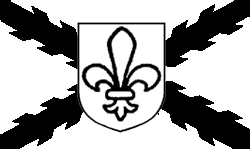 | 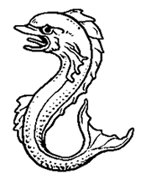 |
|---|---|
| Burgundian St Andrews Cross | Armangnac |
Badges/Heraldry with Name Cants
Badges often took the form of a rebus - an emblem or device that forms a witticism by creating a form of visual pun on a surname. Sometimes this even traversed cultures, with the puns not necessarily being evident in the English language. As in the examples of the English families of Quatermain (French meaning four hands) and Martel (French meaning hammer). This tradition probably derived from the canting or allusive heraldry of the thirteenth century. Such as the trumpets of the Trumpingtons etc. A particularly famous canting badge is that belonging to the Talbotts. A talbot was a breed of dog, now believed to be extinct. The Talbott family, Earls of Shrewsbury used a representation of these dogs as their family badge. Which appears in the form of a lead badge in the shape of a dog, with the word “talbot” written across the collar. These livery badges were worn by their retainers and supporters to show their connection with this noble family. (Cherry pg34)
 | 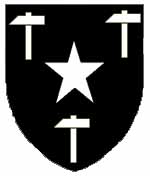 |  |
|---|---|---|
| Quartermain | Martel | Trumpington |
Badges in literature
Political poems of the period sees the occasional reference to people by their badges. These literary references acknowledge the immediate and inherent recognition that existed between badges and their owners. One such example of a reference to a badge in literature is this particular mention of John Talbot. John Talbot, Earl of Shrewsbury, was held a prisoner in France between Oct 1449 and July 1453 and a particular poem lamenting the English disasters in France refers to him by his badge: (Cherry pg 34)
And he is bownden that oure dor shulde kepe
That is Talbott our goode dogge
(And the guard of our door is chained up / that is Talbott our goode dogge..)
Other references can be found amongst Shakespeares historical works, where the white and red rose of York and Lancaster are used to reference the two warring political factions in Henry VI -
Henry VI Part III; Act One Scene Two
How sweet a thing it is to wear a crown;
Within whose circuit is Elysium
And all that poets feign of bliss and joy.
Why do we finger thus? I cannot rest
Until the white rose that I wear be dyed
Even in the lukewarm blood of Henry’s heart.
Henry VI Part III - Act One; Scene Five
Woe above woe! grief more than common grief!
O that my death would stay these ruthful deeds!
O pity, pity, gentle heaven, pity!
The red rose and the white are on his face,
The fatal colours of our striving houses:
The one his purple blood right well resembles;
The other his pale cheeks, methinks, presenteth:
Wither one rose, and let the other flourish;
If you contend, a thousand lives must wither
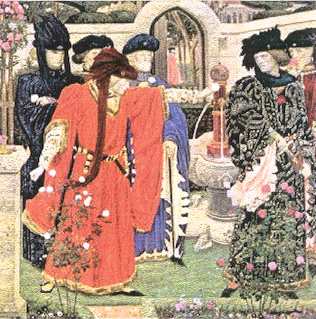
‘The Choosing of the Roses’
(Painting Henry Payne)
Badge Design
Badges usually consisted of a single heraldic charge, or a group of objects arranged in a conjoined manner (each object touches another). The chosen heraldic charge need not have any connections to the individual.s actual heraldic coat of arms. The overall design would be able to be cast as a single piece of metal jewelry. Personal badges generally did not have a defined background color - and are therefore fieldless. Fieldless badges can then be displayed on any background colour, or with no background at all. Personal badges look quite different from the personal Device, which always has a defined background in an escutcheon (shield) shape, and which usually consists of a number of separate objects.
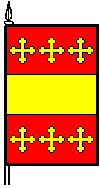 | 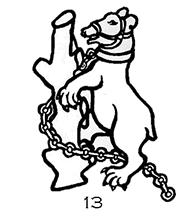 |
|---|---|
| Heraldry of Richard Neville, Earl of Warwick | Personal Badge: Chained bear and ragged staff |
 | 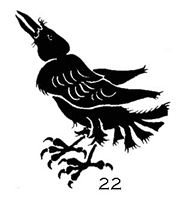 |
| Heraldry of Lord Scrope of Bolton | Personal Badge - a Raven \ |
Badges - Materials and Construction
Consistent with the wearers rank and status, badges were made of various materials. Gold badges might have been circulated for upper members of a household and to principal retainers, whilst those of middle level status would be provided with badges made of gold plated silver. Lower household members could expect badges entirely of silver. John the Fearless, Duke of Burgundy in 1409 distributed badges to his household including: 80 gold badges set with gems for senior officals; 200 plain gold badges for gentlemen and 300 silver badges for servants. In some regions the distribution of badges was an annual tradition at events such as New Years. This type of reoccurring, large scale distribution, came with often crippling costs.
Many of these secular livery badges were commissioned from the same craftsmen that produced the pilgrim.s badges and tokens that were popular souvenirs at religious shrines. The mass production system employed appears to be the same as that used for the pilgrims souvenirs - using lost wax casting techniques.
Often those that could not afford to wear badges of metal would have their badges made of cloth - in the form of relatively expensive embroidered livery badges or the more simple system of cutting out the badge.s shape of cloth to be sewn onto existing clothing. In 1458, Richard Neville, Earl of Warwick, returned to London from Calais with 600 retainers wearing red jackets embroidered .in front and behind. with the Earls badge of the ragged Staff.
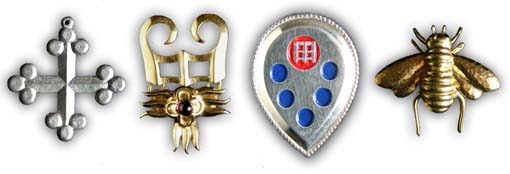
The Barony of St Florian de la Riviere; Louvain Household;
La Parentiara Family and
personal badge of Sabine du Bourbonnais.
Badges in the SCA
In the SCA, individuals or groups may design their own personal badges or badges for use by groups of people like households. Badges may be registered with the College of Heralds, however individuals are under no imperative to do so. It is quite acceptable for a group or individual to adopt a symbol as their ‘household badge’ without an intention to register it. When choosing a badge, look at some period historical badges (Appendix 1) and follow the prevalent design elements - clear simple designs with single period charges or conjoined elements.
As it is possible in the SCA for an individual to be associated with more than one group or household, it is not unusual to see a Gentle sporting badges and insignia displaying affiliations with their Barony, War Unit or Household, as well as visual tokens of affection from family, consorts or friends on top of their own heraldry! You may even find that you have been surrounded by heraldic badges without ever having noticed.

Bibliography
- Ashbee, C.R - The Treatise of Benvenuto Cellini on Gold smithing and Sculpture
Dover 1967 - Cherry, John - Medieval Decorative Art
British Museum Press
ISBN 0714120650 - Coss, Peter - Heraldry, Pageantry and Social Display
Boydell Press, London 2002
ISBN 0851158501 - Hawthorne, John G Theophilus - On Divers Arts
The Foremost Medieval Treatise on Painting, Glassmaking and Metalwork
Dover 1963 - Micheletti, Emma - The Medici of Florence
Becocci Editore 1999
- Neubecker, O Heraldry - Sources, Symbols and Meaning
Tiger Books International 1997 - Slater, Stephen - The Complete Book of Heraldry
Lorenz Books, London 2002 - Spencer, Brian - Pilgrims Souvenirs and Secular Badges
Medieval Finds from Excavations in London
The Stationary Office, London 1998
Some historical badges and their owners
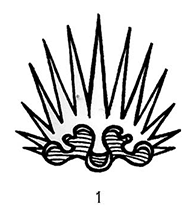
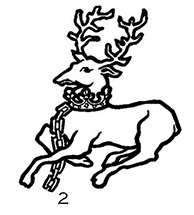
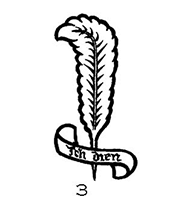
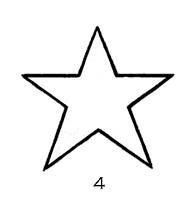
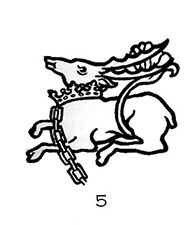
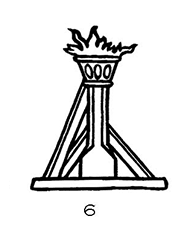
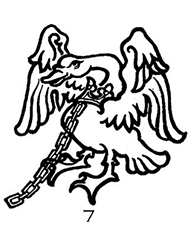
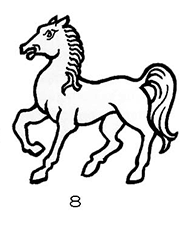
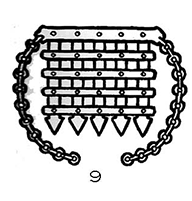
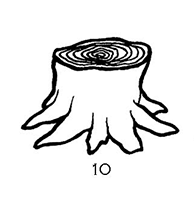
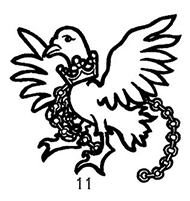
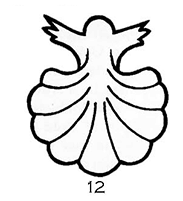

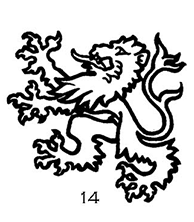
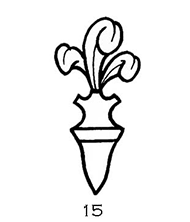
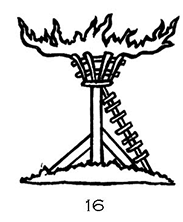
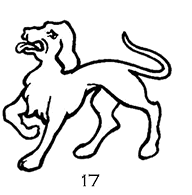
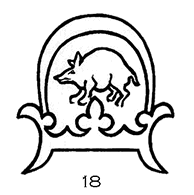
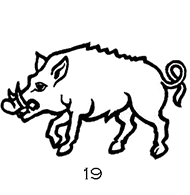
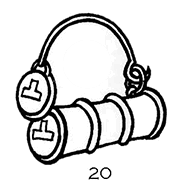
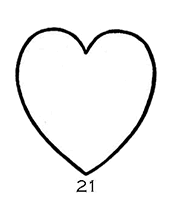

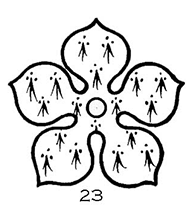
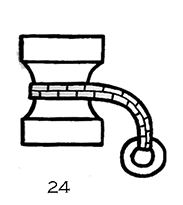
- Edward III - Golden sun in splendour
- Richard II - White heat, gold chain and crown
- Edward III - White feather and gold quill
- de Vere Earls of Oxford - Mullet of 5 points
- Henry V - White antelope, gold crown and chain
- Henry V - A Beacon with red flames
- Henry V - White swan, gold crown and chain
- FitzAlan - Earls of Arundel - A Horse passant
- Henry VII - A Portcullis
- John, Duke of Bedford - Golden stump
- Humphrey - Duke of Gloucester - White duck, gold crown and chains
- Scales, Earl River - An escallop
- Neville - Earls of Warrick - Chained bear and ragged staff
- Mowbray - Dukes of Norfolk - A lion
- Sir Ralph Hastings
- Holland - Dukes of Exteter - A beacon on a mound
- Talbot - Earls of Shrewsbury - A Talbot
- Lord Grey of Condor
- Courtenay - Earls of Devon - A Boar
- Richard - Duke of York - A Fetlock
- Earls of Douglas - A Red Heart
- Lord Scrope of Bolton - A Black Raven
- Sir John Astley - An Ermine cinquefoil
- de la Pole, Dukes of Suffolk - White bollard with gold strap and ring
